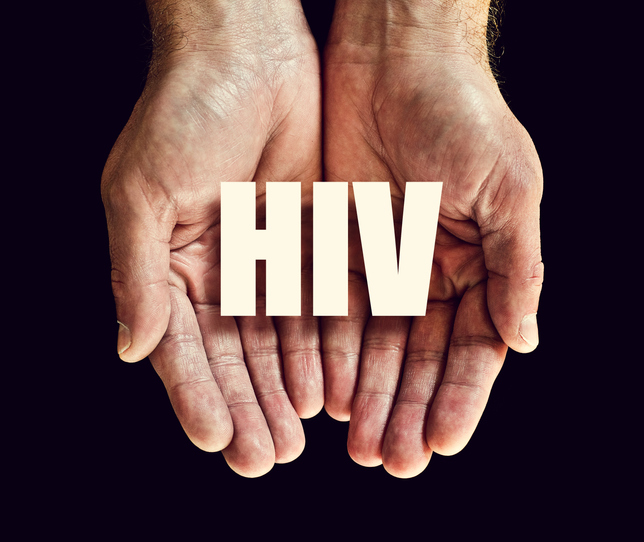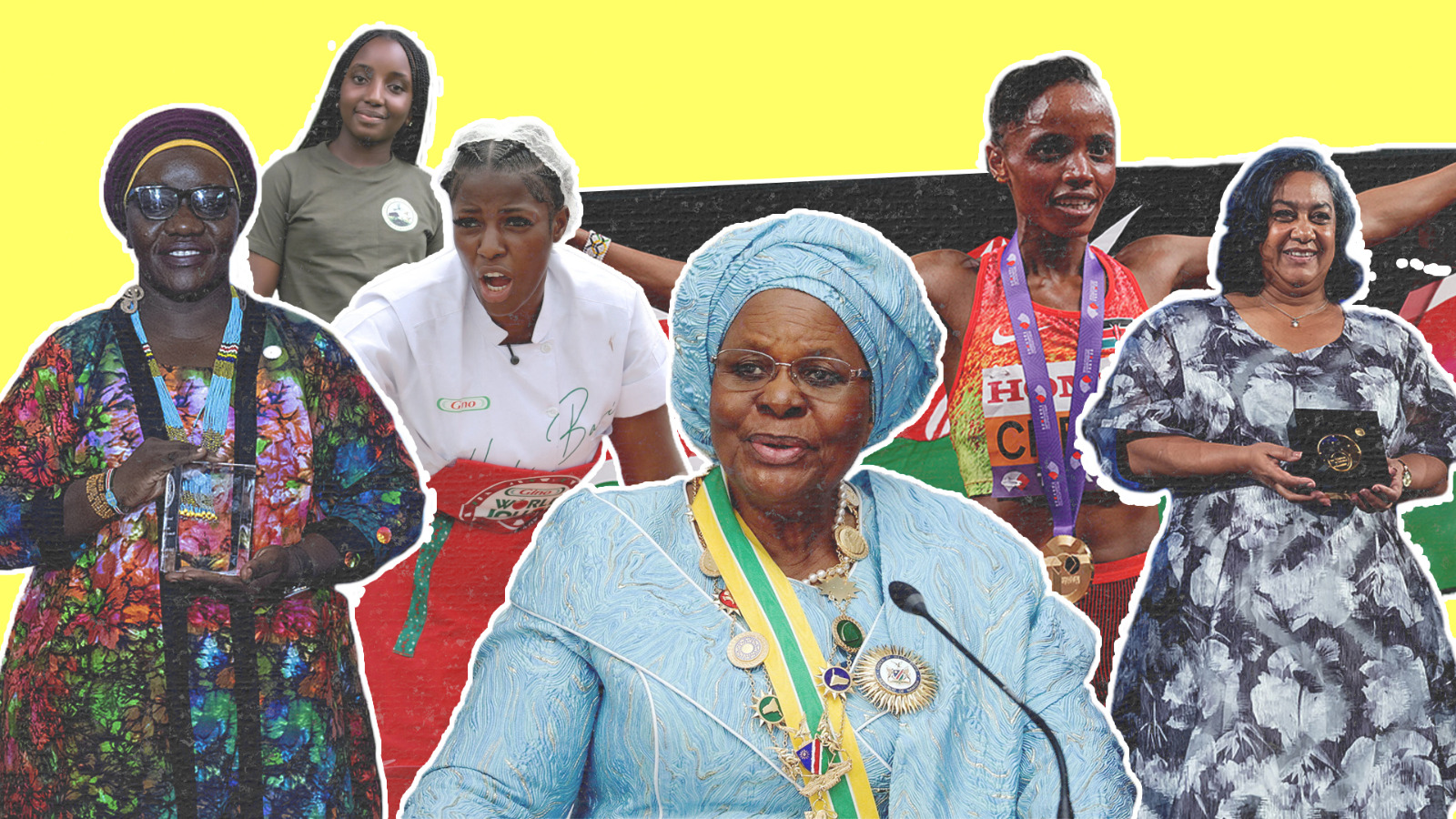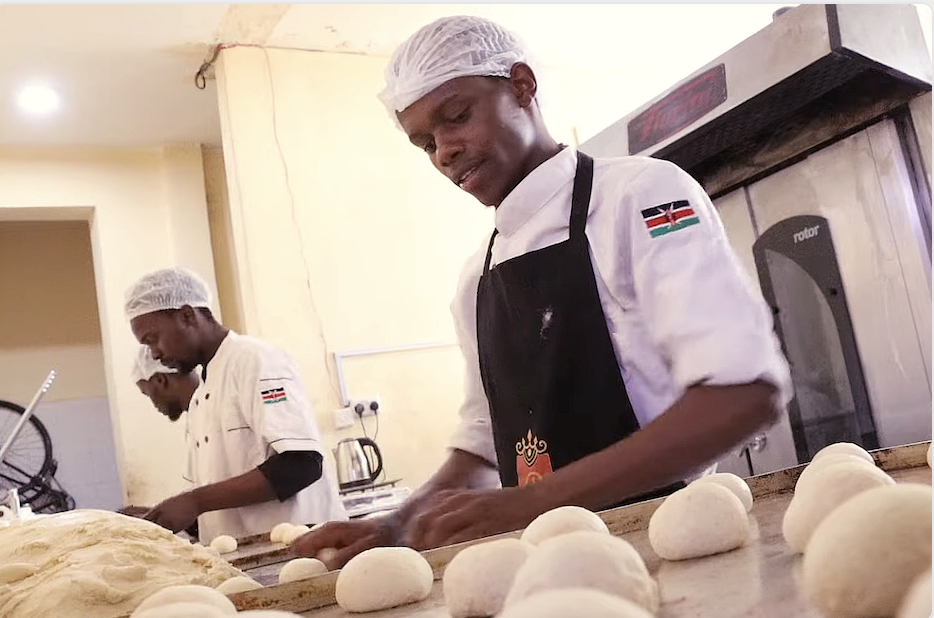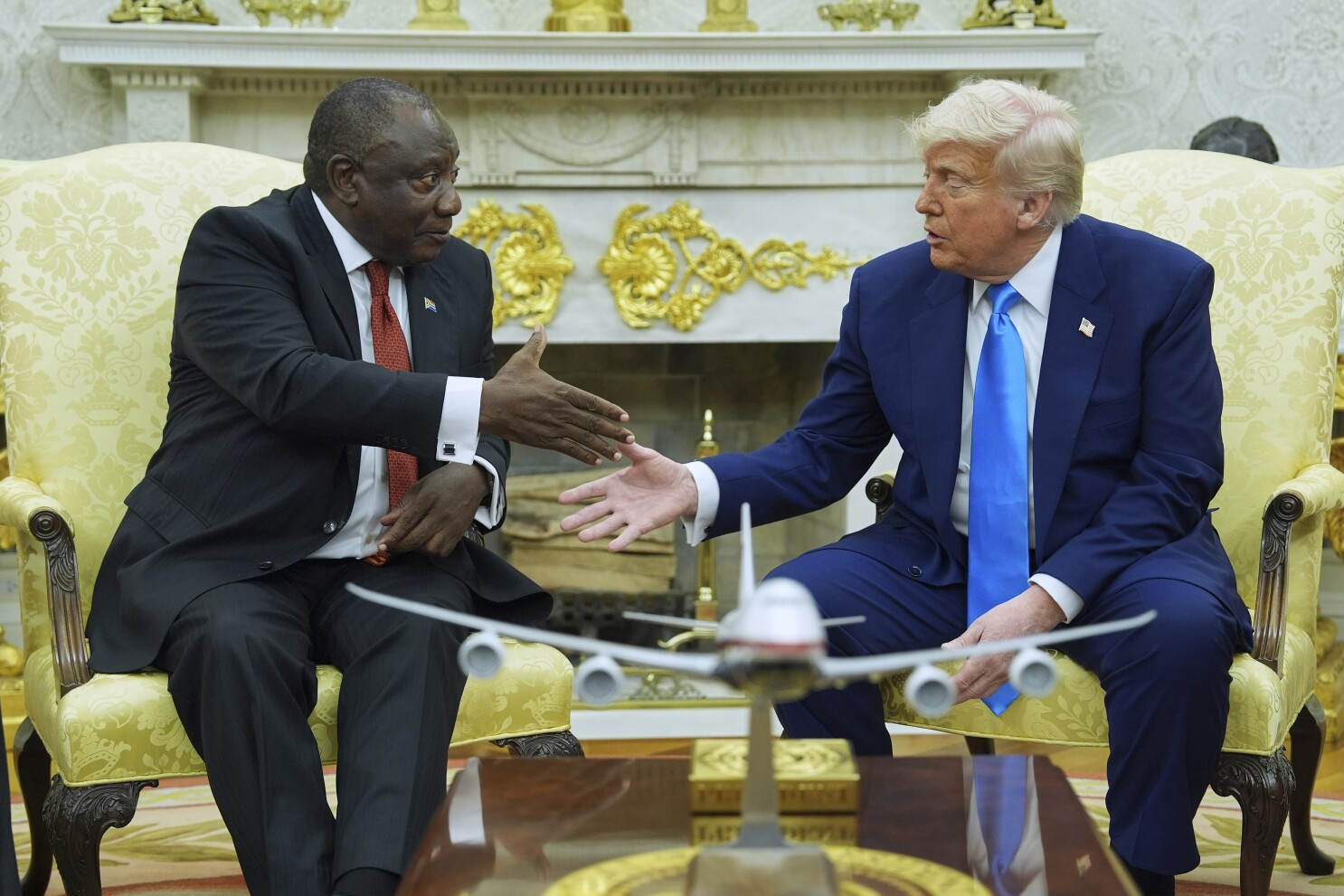
UNAIDS: Sub-Saharan Africa sees reduction of HIV among children

Sub-Saharan Africa has been hailed for its remarkable reductions in HIV infections among children in a new report released in South Africa by the United Nations Programme on HIV/AIDS (UNAIDS).
According to the report, South Africa has reduced HIV in children rates by 41%. Other countries cited for their HIV reduction rates include Botswana which has seen an (85%) decrease. Rwanda (83%), Malawi (76%), Namibia (71%), Zimbabwe (69%) and Uganda (65%) in the past nine years.
This has been attributed to the fact that approximately 82% of pregnant women living with HIV in these countries now have access to antiretroviral medicines, an increase of more than 90% since 2010.
However, there were nearly 160,000 new HIV infections among children globally, far away from the global target of reducing new HIV infections among children to fewer than 40,000 by 2018.

UNAIDS calls on more concerted efforts to expand access to treatment for children. The estimated 940 000 children aged 0–14 years living with HIV globally on anti-retroviral therapy in 2018 is almost double the number on treatment in 2010. This is short of the 2018 target of 1.6 million.
On the global scale
Worldwide, at least 1.7 million people became newly infected with HIV in 2018, a 16% decline since 2010, driven mostly by steady progress across most of eastern and southern Africa.
The report noted that South Africa has made huge gains by successfully reducing new HIV infections by more than 40% and AIDS-related deaths by around 40% since 2010.
However, there is still a long way to go in eastern and southern Africa, the region most affected by HIV.
Interesting to note, there have been worrying increases in new HIV infections in eastern Europe and central Asia (29%), in the Middle East and North Africa (10%) and in Latin America (7%).
The report was unveiled at a community event in Eshowe, South Africa.
“South Africa has a rich history of communities being at the centre of the AIDS response, so it is fitting that we launch the 2019 UNAIDS Global AIDS Update in this country, in Eshowe, in KwaZulu-Natal, where a community-based service delivery model, with HIV at its centre, is showing results,” said Deputy President David Mabuza.
Pre-exposure prophylaxis-PreEP
UNAIDS is still concerned that the various options available to prevent new HIV infections are not being utilized fully.
For instance, pre-exposure prophylaxis (PrEP), medicine to prevent HIV, was only being used by an estimated 300,000 people in 2018, 130,000 of whom were in the United States of America.

In Kenya, one of the first countries in sub-Saharan Africa to roll out PrEP as a national programme in the public sector, around 30,000 people accessed the preventative medicines in 2018.
Notably, key populations and their sexual partners account for 54% of new HIV infections globally.
In 2018, an estimated:
37.9 million [32.7 million–44.0 million] people globally were living with HIV
23.3 million [20.5 million–24.3 million] people were accessing antiretroviral therapy
1.7 million [1.4 million–2.3 million] people became newly infected with HIV
770 000 [570 000–1.1 million] people died from AIDS-related illnesses






